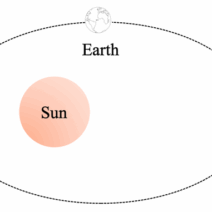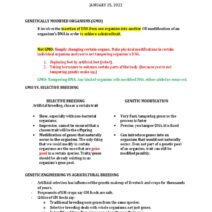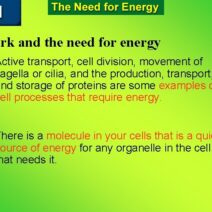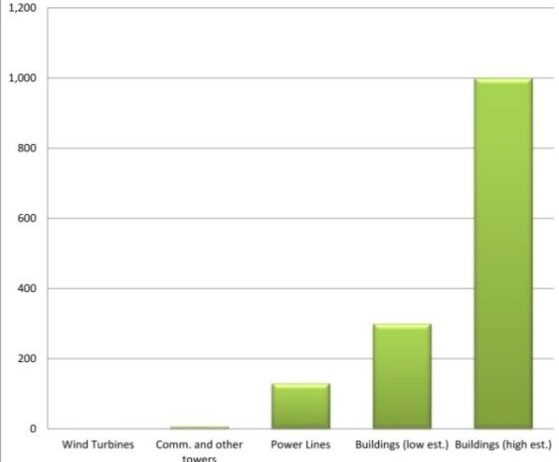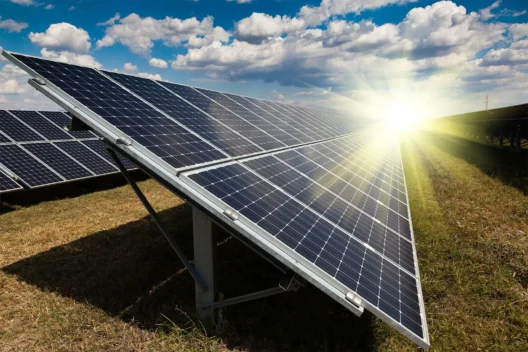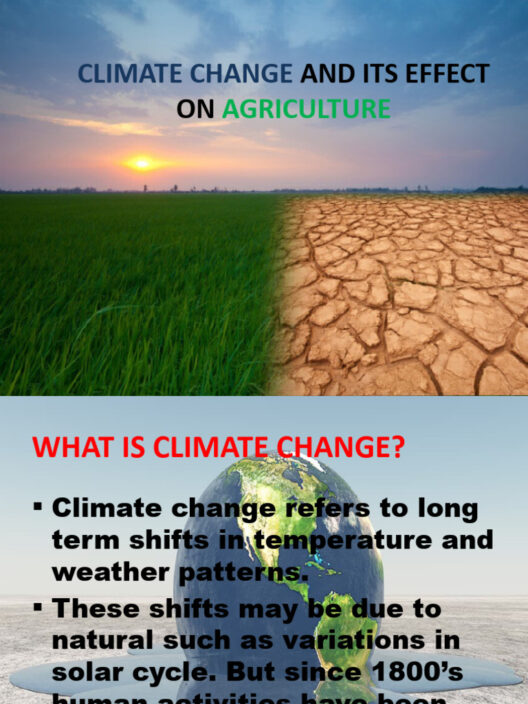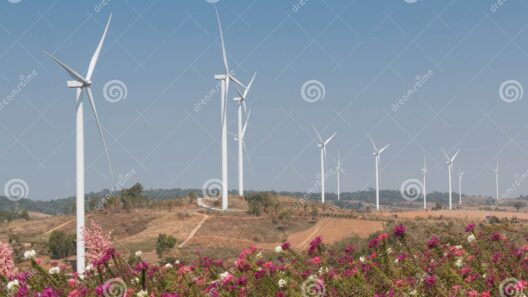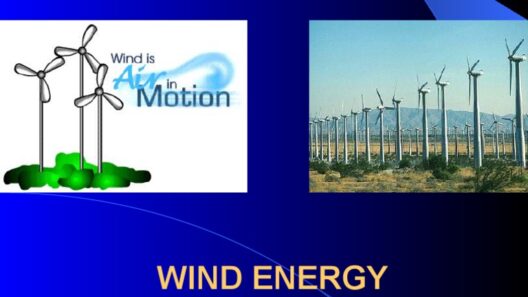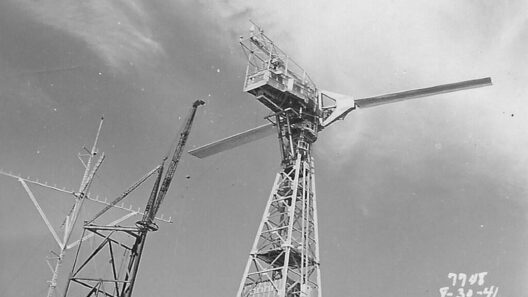Wind energy, often heralded as a paragon of renewable resources, embodies the transition towards a sustainable future. Its ethereal blades cut through the atmosphere, harnessing the invisible currents of the earth’s breath to generate electricity. However, akin to the duality of nature, wind energy possesses both commendable virtues and daunting challenges. Let us unfurl this intricate tapestry of impacts, both positive and negative, as we delve deep into the environmental implications of wind power.
Embracing Renewables: The Bright Side of Wind Energy
Wind energy stands at the forefront of the renewable revolution, glowing like a beacon of hope in an era plagued by climate change. At its core, the most resounding environmental benefit is its ability to produce electricity without emitting greenhouse gases. When the turbines spin gracefully, they do so without releasing carbon dioxide, a key perpetrator of global warming. This feature alone positions wind energy as a vital ally in the fight against climate change, crafting a pathway towards a more sustainable planet.
Moreover, the ecological footprint of wind energy generation is notably smaller than that of fossil fuels. Unlike coal or natural gas plants, which poison our atmosphere with toxic exhaust, wind farms operate quietly, predominantly on minimal land. The careful placement of turbines allows cohabitation with agricultural activities, ensuring that fertile fields remain vibrant even amid the presence of wind energy infrastructure. Here, the earth dances in harmony with human innovation, suggesting that eco-friendly technologies can coexist with traditional farming practices.
Wind energy also fosters energy independence, a potent political and economic boon. By harnessing local wind resources, nations can reduce their reliance on imported fuels, leading to energy security and stability. This localized approach not only curtails transportation emissions associated with fossil fuel logistics but also stimulates rural economies. Wind farms often serve as an economic lifeline for communities, creating jobs from manufacturing to maintenance while offering landowners an additional revenue stream through lease agreements.
The Ecological Trade-Offs: Challenges on the Horizon
Furthermore, the construction of wind farms can disrupt local ecosystems. The development process often involves extensive land clearing, which can lead to habitat fragmentation. This upheaval poses risks to flora and fauna that depend on unbroken landscapes for survival. Understanding these ecological complexities calls for robust environmental assessments prior to the initiation of wind projects, ensuring that we tread lightly in our pursuit of clean energy.
Noise pollution is another concern, albeit more subjective. While some may find the rhythmic whoosh of blades soothing, others may perceive it as an unwelcome intrusion into their serene environment. Coupled with visual impacts that alter the landscape’s aesthetic, wind farms can spark local opposition, presenting an additional layer of complexity in their implementation.
Building Bridges: Strategies for Sustainable Development
One compelling approach is the implementation of advanced turbine technology, designed to reduce bird and bat fatalities. For example, exceptional tracking systems can detect the presence of these animals and pause turbine operation when necessary. Such adaptive technologies not only preserve wildlife but also fortify the social license to operate by addressing public concerns regarding environmental stewardship.
On the community engagement front, transparent dialogues play a crucial role in addressing apprehensions associated with wind projects. Involving local stakeholders in the planning and decision-making processes fosters goodwill and nurtures a shared vision for clean energy. By actively listening to the community’s voice, developers can work together to navigate the complexities of implementation while reassuring residents about the environmental safeguards in place.
Lastly, diversifying energy portfolios is an essential strategy for reducing reliance on any single source of energy. Wind energy, when synergized with solar, hydro, and other renewables, forms a resilient energy framework capable of weathering fluctuating demands and unpredictable conditions. This multifaceted approach ensures a steady supply of clean energy while mitigating potential downsides linked to any one technology.
Wind energy is a captivating and multifaceted aspect of our transition towards a sustainable future. It paints a picture of resilience and innovation while acknowledging the challenges entrenched within its very fabric. As we continue to explore and invest in wind power, it is imperative that we remain cognizant of its intertwined relationship with the environment. Through diligent assessment and anticipatory action, we can harness the winds of change while safeguarding the delicate ecosystems we hold dear. The journey is complex, but with thoughtful strategies and unwavering commitment, we can ensure that our pursuit of clean energy does not come at the expense of nature’s harmony.
